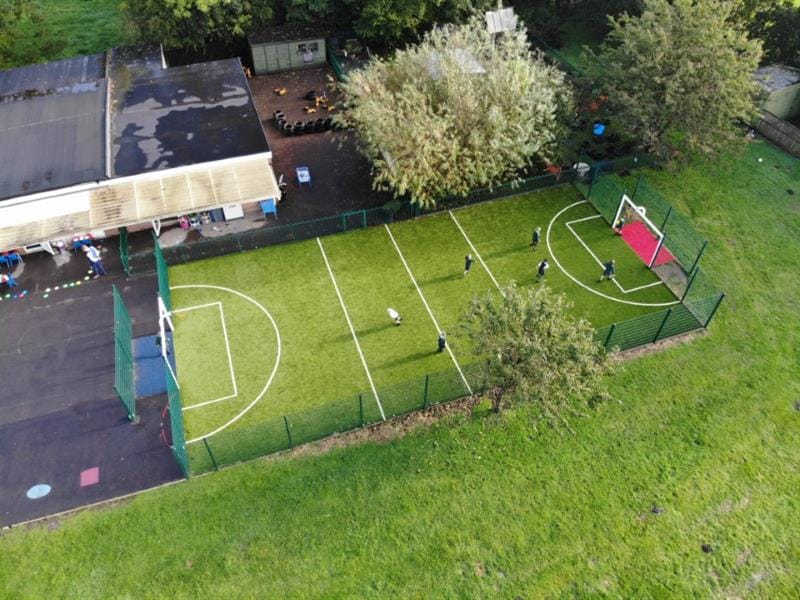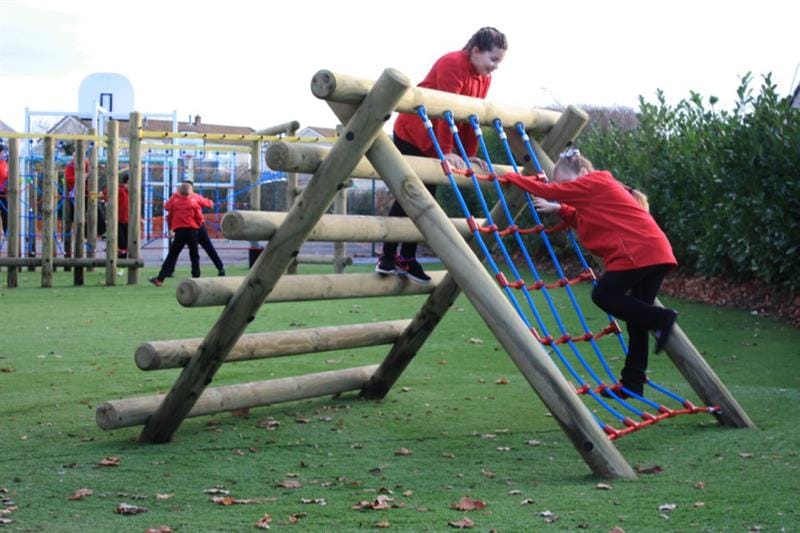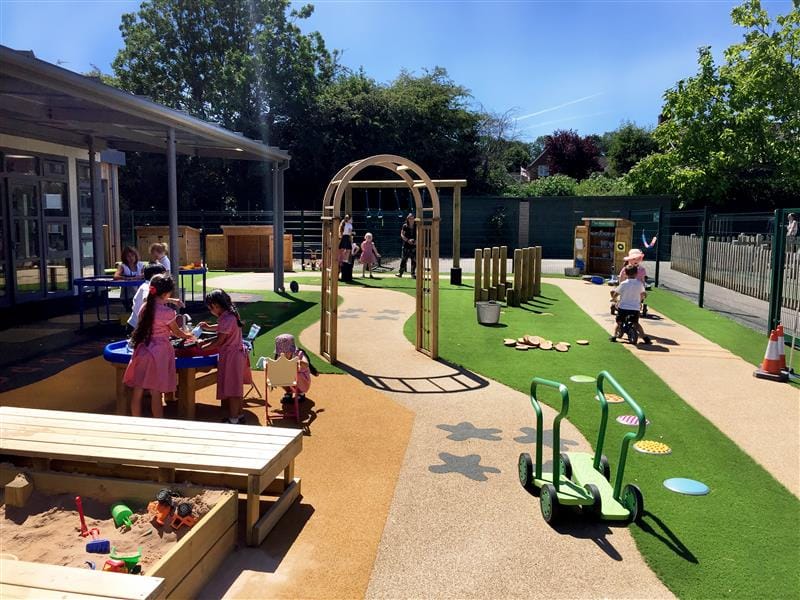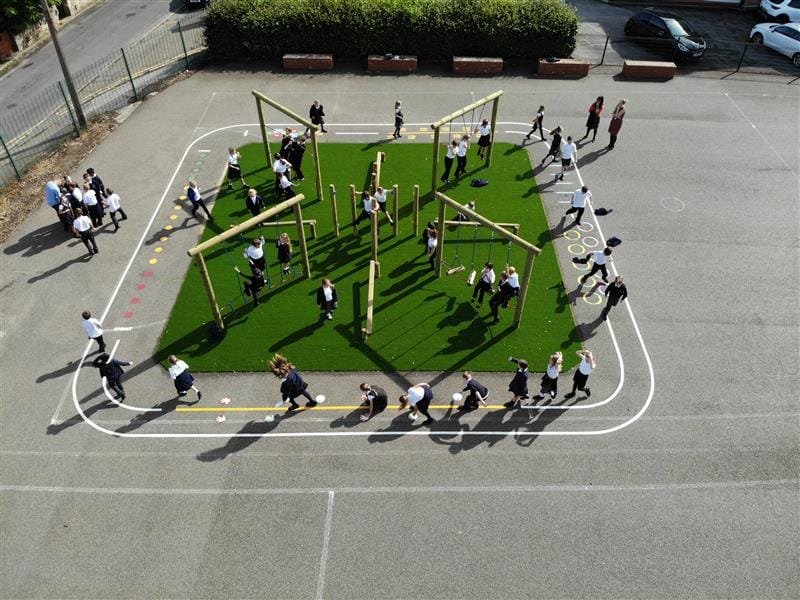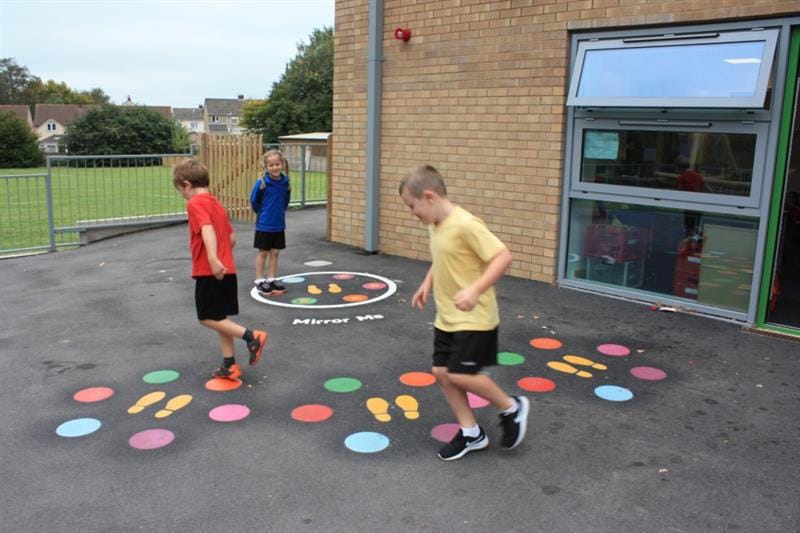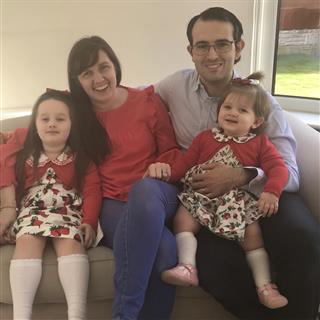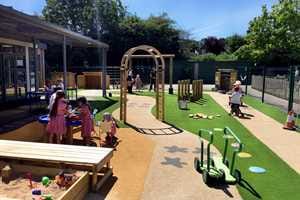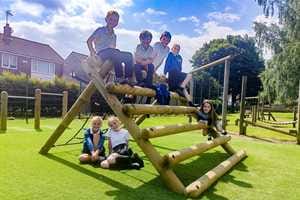
Lesson Ideas and Activities
6 Ways To Encourage Team Building in Schools
Due to the COVID-19 pandemic children in the UK have spent a large amount of time indoors, accessing their work through screens and speaking to their friends and classmates via Zoom calls.
Now that children are back in schools and interacting with peers, sports and team games are a great way to stay fit and healthy and re-build relationships.
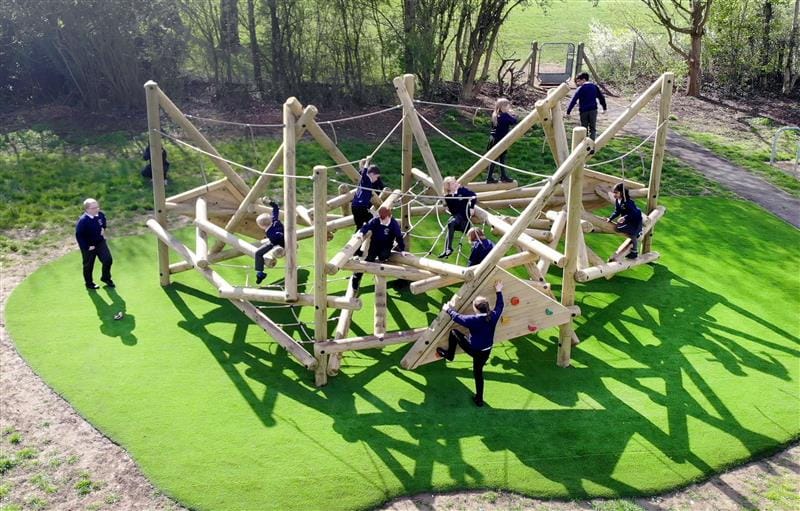
Maintaining healthy lives
Public Health England reports that childhood obesity and excess weight are significant health issues for children and their families.
There can be serious implications for a child’s physical and mental health, which can continue into adulthood.
The number of children with an unhealthy and potentially dangerous weight is a national public health concern.
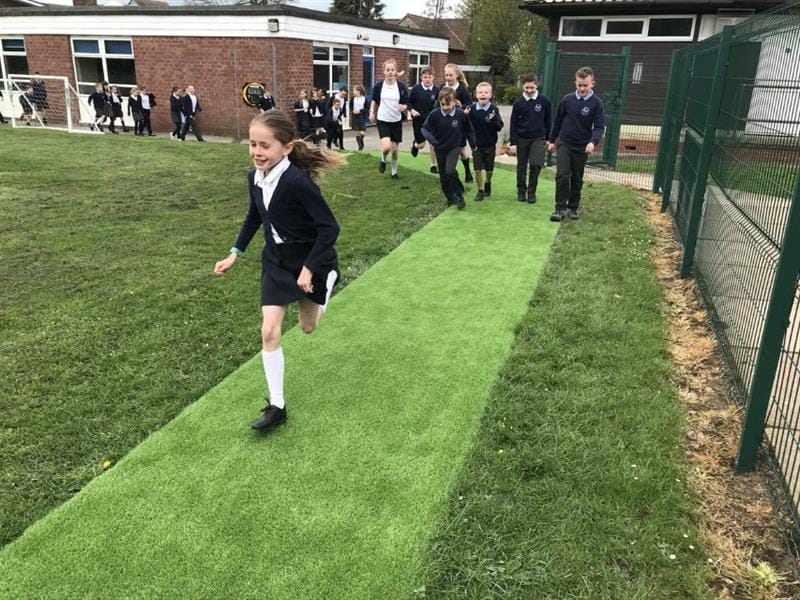
Physical activity can help children and young people to achieve and maintain a healthier weight.
Our NHS recommends that children and young people aged 5 to 18 should aim for an average of at least 60 minutes of moderate intensity physical activity a day across the week.
Our modern lifestyles are possibly quite different to those of our parents and grandparents who may have had more freedom to play outside independently.
Reliance on technology can cause children to become less active which could lead to inactive adults.
Holding a team building sports day is a great way of getting everyone together and bringing physical activity into their daily lives.
Improving children’s mental wellbeing
Physical activity can help to maintain children’s mental wellbeing.
Endorphins are released by the brain during exercise and help to improve mood, energy levels and even sleep.
Exercise can benefit children who experience anxiety by breaking the cycle of worry and focussing on the demands of the activity.
Increased movement helps children to build stronger muscles and bones, they become more flexible and posture can improve by developing core and spine strength.
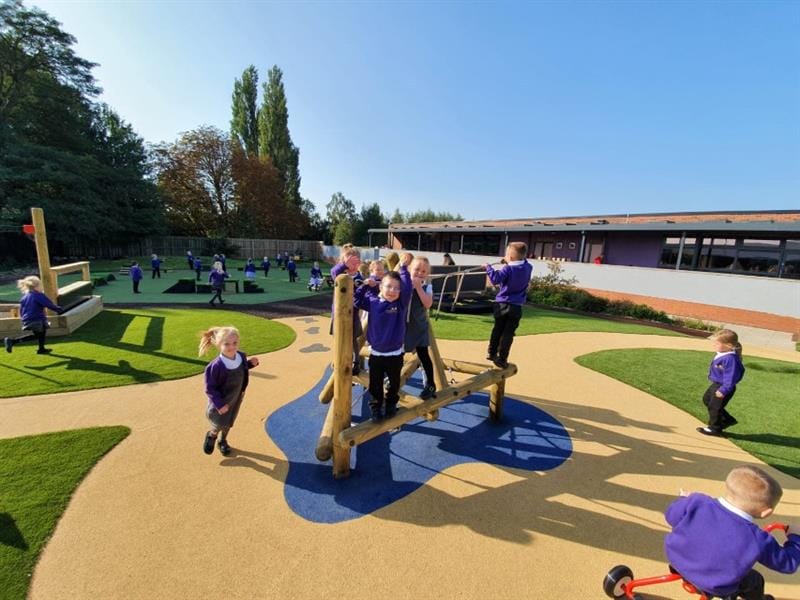
Sports and games help to progress motor skills which allow children to master skills needed in every day life such as tying shoelaces and writing.
Involvement in sports and team games can also help with brain development.
During exercise, nerve cells in the hippocampus and prefrontal cortex of the brain are triggered to multiply and form new connections.
This results in improved concentration and better memory.
Joining a sports team
Participating in team sports from an early age helps children to develop and control the emotional, behavioural and social skills that are needed to become a valued team player.
Over time children gain confidence and improved self-esteem.
It is important for children to learn that satisfaction is not only gained from a winning result but from acknowledging effort and playing well whether they win or lose.
Teaching children to develop a growth mindset has become important in primary education over recent years.
The idea of a growth mindset is based upon research of achievement and success by psychologist Carol Dweck.
A growth mindset means your ability to learn isn’t fixed, but rather the harder you try the more likely you are to learn a specific concept or skill.
Physical education in schools can show children that failure is fine and that great learning can come from failing to succeed.
Encouragement from teaching staff can improve children’s persistence and determination.
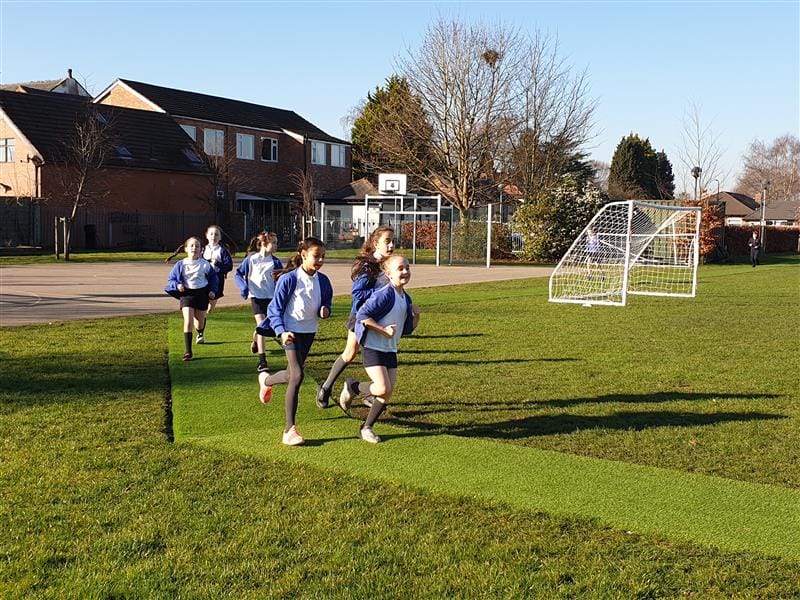
I feel it is important to tell pupils that everyone learns at their own pace and that the process of learning a particular skill is just as important as mastering it.
The Games strand of the P.E. curriculum enhances the development of skills and provides opportunities for social interaction.
Product Spotlight
A balanced programme of games ensures that children experience a wide variety of activities that provide enjoyment, challenge and foster a lifelong interest.
Games are a valuable and interesting way of helping children to work together and to raise the level of co-operation and respect within the class.
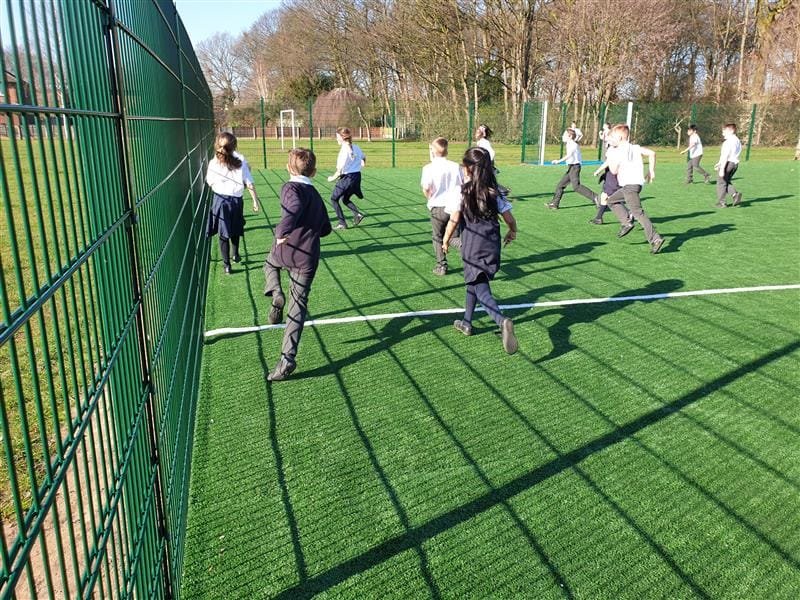
Playing as part of a team allows children to interact and socialise.
Children can develop leadership qualities which enables them to be good decision makers.
Some children may take on sports leader roles and become positive ambassadors throughout the school.
They could enjoy organising competitions and checking school equipment.
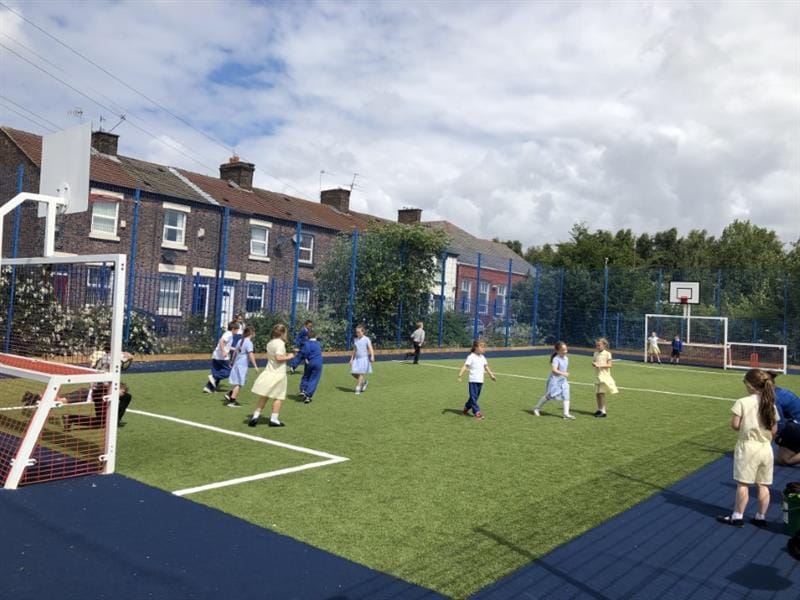
As a teacher based in Liverpool, watching the children gather for a game of ‘footie’ was an everyday occurrence.
We were lucky to have a large football pitch with markings and goals which was actually timetabled as so many children and classes wanted to use it.
Football develops many basic skills such as running, jumping, throwing, catching, kicking and even balance, co-ordination and agility.
Children learn how to communicate, make quick decisions and begin to problem solve.
I have also noted that football can teach children ownership, respect and the ability to resolve conflicts.
Having a Multi Use Games Area would provide a fantastic space for children to participate in sporting activities in all weathers.
Team sports are a popular option in primary schools as they help to build a sense of togetherness and community that can often be overlooked.
When we teach children the value of teamwork, they learn how to play fairly, build new friendships and have fun.

Some schools are holding short activity sessions throughout the school day. Ten-minute break activities could involve a game, dance or some yoga.
Quite often short, active breaks at regular intervals can help to accelerate children’s academic progress.
Sports Days are always a highly anticipated event in Primary school. This year they may not look the same as in previous years but I’m sure the children are still excited to compete and cheer on their friends.

Team Building Activities for Schools
Relay Races
A relay race is one of the oldest and simplest sports day games. It can be adjusted and changed to suit different age groups, levels and sports.
Children can be split into teams. Each team has to take it in turns to bounce a basketball to and from a point as fast as possible.

The first team to have all their players complete the task and sit down at the start line, wins! There are many variations on this classic race.
You could run, skip, hop, jump or use egg and spoons and sacks.

Hot Potato
For this game you need to split your class into two groups.
Each group must stand in a circle (an arms width apart from each other) and throw, kick or pass the ball to one another.
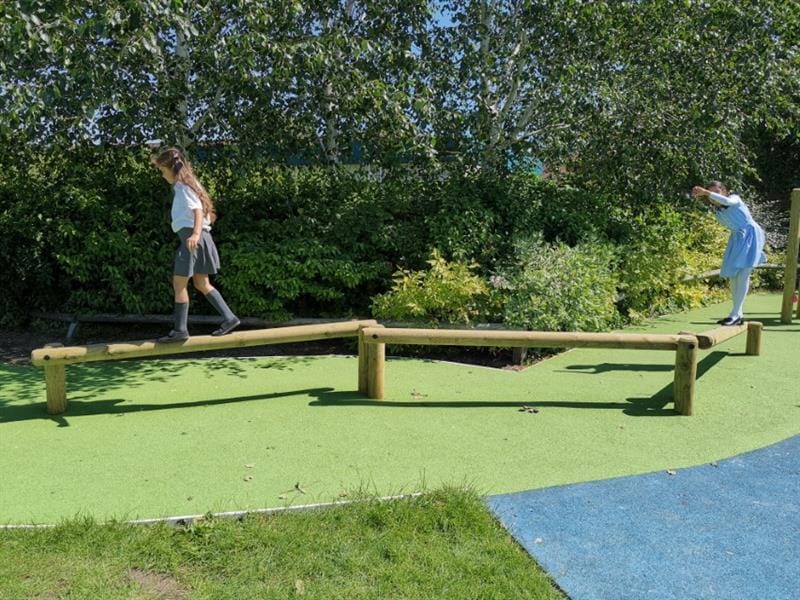
Every time a pass is successfully caught by someone everyone in the group has to take one step backwards – making the circle bigger and the game more challenging.
The biggest circle after an allotted amount of time wins the game.
This game is great for developing reflexes, reaction times and hand- eye co-ordination of children.
Agility Course
Encourage some healthy competition with an agility course game.
Pentagon’s Get Set, Go Blocks are perfect for allowing children to create their own challenge.
Split your group in to two teams and have them line up next to each other. Just like the relay race, each team’s player goes one at a time and hops, skips, runs and jumps their way to the finish line.
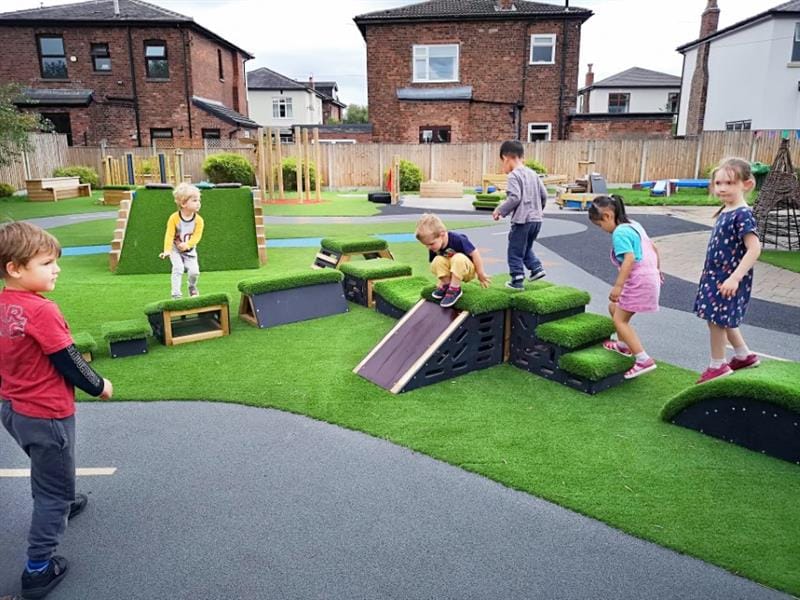
This type of course is fun for all ages and can even be played with teachers against pupils!
Another way to complete an agility course is group the children into trios and blindfold one pupil who will be guided round the course by the others in the group. This type of activity builds trust and teamwork.

Frogs and Lily Pads
Children are split into groups of three and given three spots or hoops.
In each group there must be one ‘frog’ and two ‘tadpoles.’
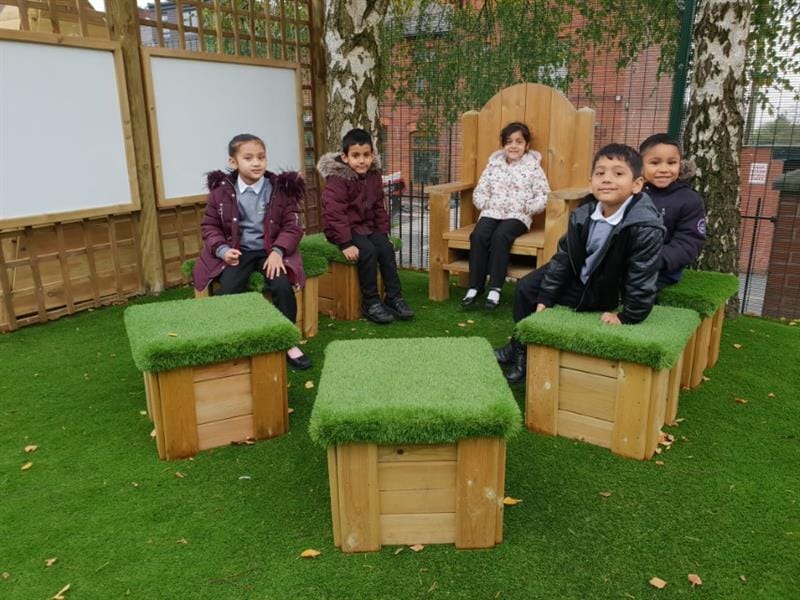
The objective of the race is to get the frog from one side of the pitch to the other, however the frog can only step on the spots/hoops which can only be moved by the tadpoles.
Teachers can act as the ‘pond police’ making sure only frogs step off the lily pads.
Suspension Bridge
This is a stretching exercise where the children are divided into groups of about six.

The first person in the group must be touching a wall on the edge of the court and that person stretches their body as long as possible.
The other group members lengthen the stretch by joining on, the objective being to see how far across the pitch the group can stretch.
Parachute Games
These can be useful in a large space both inside and outside the classroom.
They can be an ideal stretching and strengthening exercise and children are always very enthusiastic as soon as the word ‘parachute’ is mentioned.
Co-operative stretching activities using a parachute can develop strong muscles.
Biceps Curl
- Hold the parachute by taking an underhand grip, with knuckles pointing towards the ground.
- Hold the parachute at hip level.
- Ensure the elbows are fixed and feel the strain of the parachute.
- On the count of one, two, three, very slowly pull the parachute towards the body.
- On the repeat count of one, two, three, very slowly, move the parachute away from the body.
- Repeat this activity facing away from the parachute.
Triceps Extension
- Place the parachute on the ground.
- Ask the group to lie on the ground on their backs, knees bent at a 90-degree angle.
- Extend the arms over behind the head and catch the parachute, ensuring that the parachute does not touch the head.
- Take the strain of the parachute.
- On the count of one, two, three, pull the parachute over the head.
- On the count of one, two, three bring the parachute back to its original position.
From babies to adults, exploring our world and physically expressing ourselves is something we all do. Taking part in sport allows many people to excel.
By giving children the opportunity to try out many different activities schools have the potential to ignite a passion.
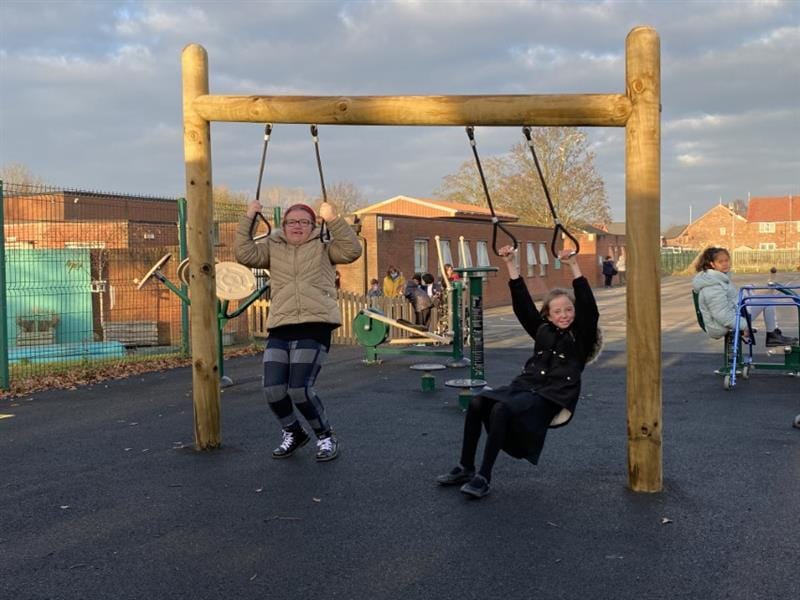
During these challenging times, it has become clearer to me than ever the importance of keeping active and how it benefits not just our physical health but also our ability to pay attention to our mood and our mental health too.”
“Every family will have had a different experience of the pandemic, and I know that many children will have missed time spent outdoors with their friends – that’s why it’s so important for schools to prepare their PE and sports activities
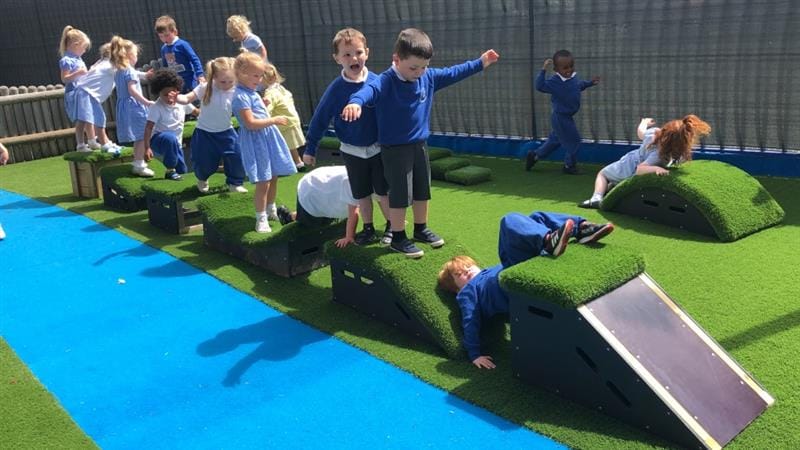
Many settings will be looking to raise the profile of physical education across the whole school.
Having a designated pitch or zone with a safe Playground Surface ensures that a wide range of sports and activities can be offered to all pupils throughout their time in primary school.

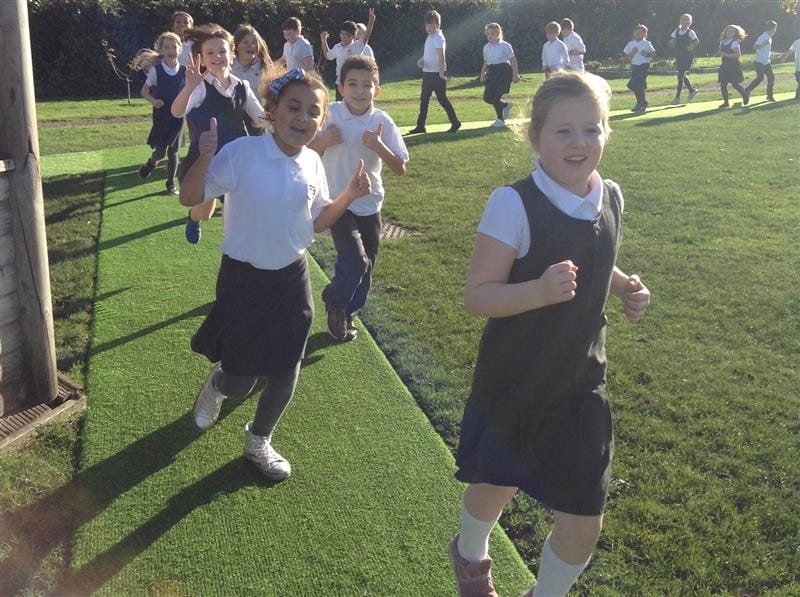
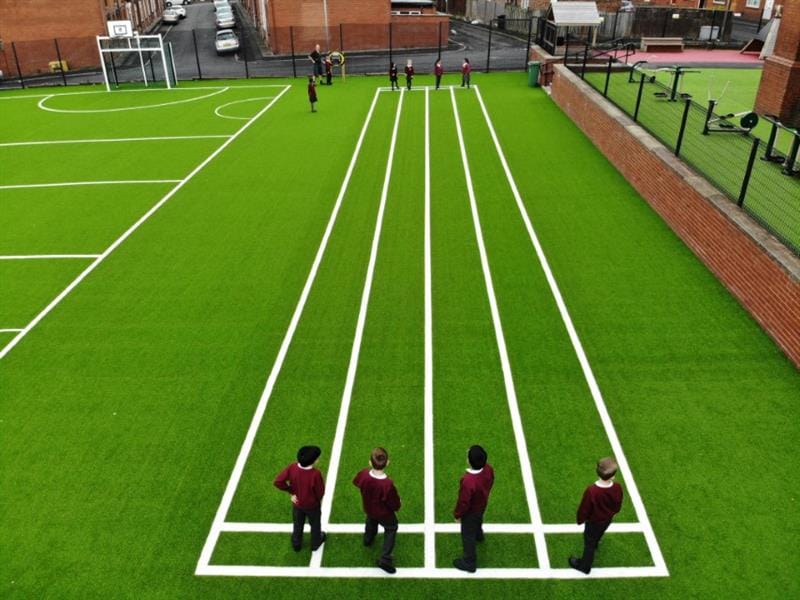

.jpg)
